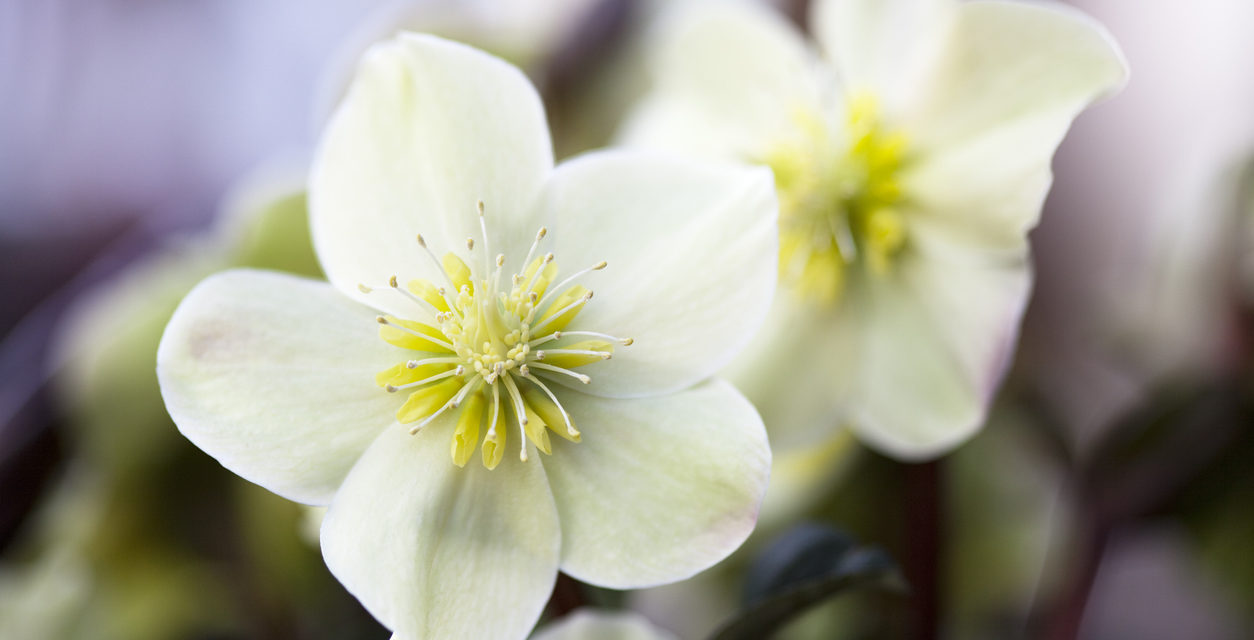“In the spring, I have counted 136 different kinds of weather inside of 24 hours.” — Mark Twain
Springtime in the Rockies brings unpredictable weather. For those of us who eagerly await the onset of gardening season, spring is full of hope and disappointment. But a few reliable, very early bloomers can help the gardener make it through our spring without despair.
One such garden hero is the Hellebore (Helleborus orientale), also called Lenten rose because blooms frequently appear during the season of Lent, in February and March. These evergreen members of the buttercup family are a great addition to the perennial garden for flowers and foliage — but not for pets, as they’re highly toxic.
Starting early, sometimes emerging from the snow, the blooms are long-lasting, often spanning a couple of months. They are resistant to damage from late frosts and even snowfalls. The flowers grow on stems 8 to 9 inches tall, ranging from white to purple with yellow stamens. Leathery evergreen leaves with spiny margins make this an interesting ground cover that will continue growing into autumn.
Hellebores thrive in well-drained soil with a neutral pH. They prefer shade, though early morning sun may increase plant vigor. They will even tolerate dry shade. They benefit from application of a slow-release fertilizer in spring and autumn. The plants are hardy to zone 4 (minimum temperature minus 30 degrees), so they’re well suited to the Pikes Peak region.
Hellebores are highly toxic, though. Greek legend has it that Odysseus poisoned his arrows with hellebore toxin. No part of this plant should be ingested. Because of this toxicity, they are deer and rabbit resistant.
Hellebores do reseed, though the resulting flower color and appearance may differ from those of the parent plants. Seedlings will bloom after about two years of growth. It’s not necessary, but you can divide the plants if you wish to reproduce the exact plant you have. Division should be done in autumn.
Buy your hellebore starter plants at a nursery or garden center. Plant shallow, so the crown (where the root joins the stem) is at ground level and definitely not more than 1 inch deep. Hellebores can be started from seed, but that is challenging.
This plant will delight you from late winter through the summer and autumn.
When you have horticulture questions, Colorado State University Extension has research-based answers. Visit ask.extension.org and follow the El Paso County Master Gardeners on Facebook. Classes and events can be found at elpaso.extension.colostate.edu/.

 Hellebore Photo Credit: fotogaby (iStock).
Hellebore Photo Credit: fotogaby (iStock). 



Comment on: Hellebores Spring-Blooming Flowers